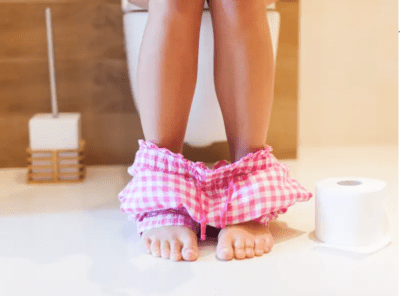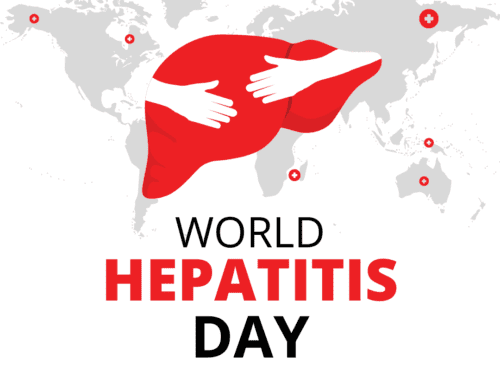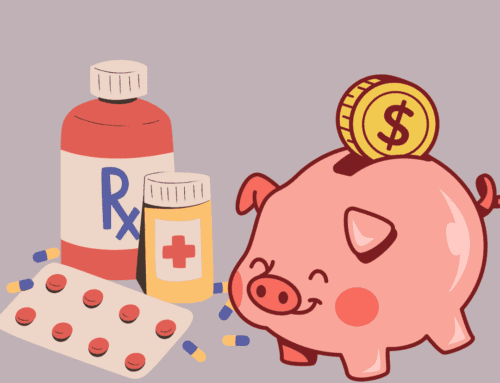Drips and Leaks…
what is urinary incontinence?
Urinary incontinence is the accidental loss of urine. It is more common than most people are aware of. 25 million adult Americans experience temporary or chronic urinary incontinence. It can range from the discomfort of slight losses of urine to severe, frequent wetting.
What causes urinary incontinence and what to do about it?
It is caused by specific changes in body function that may result from diseases, use of medications and/or the onset of an illness. Women are most likely to develop urinary incontinence during pregnancy and after childbirth, or after the hormonal changes of menopause.
Although these conditions are incredibly common, women often suffer in silence. Some find these symptoms embarrassing and refrain from discussing them with friends or family members. Women should understand that leakage is NOT a normal part of aging and that goals of treatment include minimizing and eliminating the need for the use of pads as a self-management strategy.
Fortunately, the diagnosis and treatment of incontinence can dramatically improve the quality of life of women who suffer from these conditions.
How is urinary incontinence diagnosed?
Urinary incontinence is not normal and it is important to consult with your doctor. Urinary incontinence is diagnosed with a complete physical examination that focuses on the urinary and nervous systems, reproductive organs, and urine samples.
The common types of urinary incontinence are:
- Stress incontinence—With stress incontinence, urine leakage occurs when the bladder is under pressure, such as when a person laughs, coughs, sneezes or exercises.
- Urge incontinence—Urge incontinence involves a strong, sudden urge to urinate that results in leakage. These types of incontinence are defined by their causes. Many women may experience a combination of both stress and urge incontinence — a condition commonly referred to as mixed urinary incontinence.
- Mixed Incontinence- A combination of both types

What is the treatment for urinary incontinence?
Specific treatment for urinary incontinence will be determined by your doctor based on what type of incontinence it is, the extent of the symptoms, any underlying medical conditions, and patient preference.
Treatments may include:
- Behavioral therapies: such as bladder training or toileting routines
- Diet modifications: Eliminating bladder irritants, such as caffeine, alcohol and citrus fruits.
- Pelvic muscle rehabilitation: to improve pelvic muscle tone and prevent leakage and possibly biofeedback as well as vaginal weight training.
- Medication : vaginal estrogens and anticholinergics
- Modifying contributory factors: weight loss, eliminate medication side effects, treat constipation
- Office procedures, Pessary, Surgery
Each person deserves an individualized consult with their physician regarding symptoms, diagnosis, and management for urinary incontinence.





